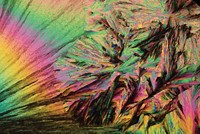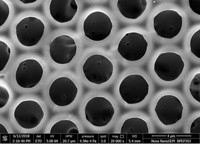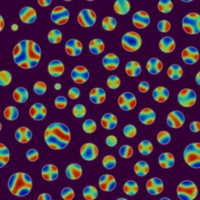Advertisement
Grab your lab coat. Let's get started
Welcome!
Welcome!
Create an account below to get 6 C&EN articles per month, receive newsletters and more - all free.
It seems this is your first time logging in online. Please enter the following information to continue.
As an ACS member you automatically get access to this site. All we need is few more details to create your reading experience.
Not you? Sign in with a different account.
Not you? Sign in with a different account.
ERROR 1
ERROR 1
ERROR 2
ERROR 2
ERROR 2
ERROR 2
ERROR 2
Password and Confirm password must match.
If you have an ACS member number, please enter it here so we can link this account to your membership. (optional)
ERROR 2
ACS values your privacy. By submitting your information, you are gaining access to C&EN and subscribing to our weekly newsletter. We use the information you provide to make your reading experience better, and we will never sell your data to third party members.
2-D Materials
Chemistry In Pictures
Chemistry in Pictures: Like cracking a book
by Alexandra Taylor
September 4, 2018

This crystal, photographed with false color processing using a scanning electron microscope, is made up of sheets of polymers containing cracks and tears. Ralph Lange, a Ph.D. student at ETH Zurich, formed the sheets by crystallizing the monomers before polymerization. That allowed monomers to form covalent bonds with others within the same plane. To picture the result, “imagine looking at a closed book, where you see the edges of distinct pages from the side,” Lange explains. This crystal has been immersed in a solvent for some time, causing it to slowly disassemble into sheets. Lange and his coworkers envision using these sheets as nanoscale sieves for gas separation. The polymers have uniform pore sizes and are very thin, which they expect would make the sieves highly selective and permeable to gases.
Submitted by Ralph Lange
Do science. Take pictures. Win money. Enter our photo contest here.
Related C&EN content:





Join the conversation
Contact the reporter
Submit a Letter to the Editor for publication
Engage with us on Twitter